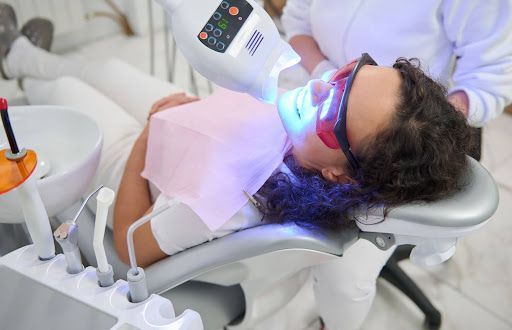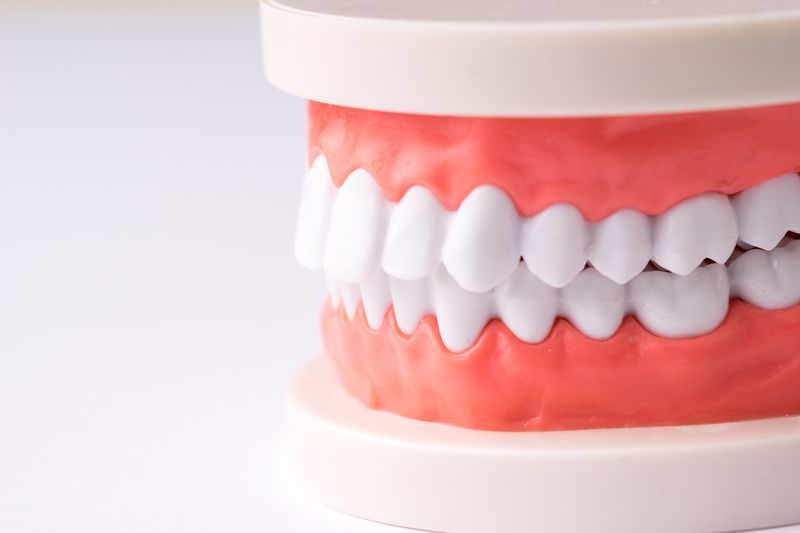Orthodontic Treatment for People With Tooth Loss
Tooth loss from gum disease is a significant concern affecting millions of people worldwide. While the immediate consequence is a compromised smile, the ripple effects are far-reaching, affecting bite alignment, jaw health, and overall oral functionality. Contrary to common belief, orthodontic treatment isn't solely for individuals with a full set of teeth. Even those who have suffered tooth loss from gum disease can benefit from orthodontic intervention.
The Challenge of Tooth Loss and Gum Disease
Tooth loss due to gum disease presents a unique set of challenges for orthodontic treatment. Gum disease, or periodontitis, compromises the gums and supporting structures of the teeth, leading to tooth mobility and eventual loss. The absence of one or more teeth affects the stability and function of the remaining teeth. Without proper orthodontic intervention, this can lead to additional tooth loss and further complications.
The Role of Periodontal Care
Before delving into orthodontic solutions, addressing the underlying gum disease is crucial. Periodontal care aims to halt the progression of gum disease, restore gum health, and prepare the oral environment for further treatments. This often involves procedures like scaling and root planing, antibiotic therapies, and sometimes surgical intervention. Periodontal care not only treats active gum disease but also fortifies the surrounding structures to better support orthodontic treatment.
Orthodontic Options for Tooth Loss
Once gum health is stabilized, orthodontic treatment can begin. Several options exist for individuals with tooth loss, and the choice often depends on the severity and location of the missing teeth. Dental implants, partial dentures, or bridges can serve as tooth replacements, while braces or clear aligners can reposition the remaining teeth for optimal function.
The most advanced cases might require a combined approach. For example, orthodontic appliances can prepare the mouth for dental implants by creating adequate space or improving the alignment of adjacent teeth.
Coordinated Treatment for Comprehensive Care
The intricacies of treating tooth loss from gum disease require a coordinated effort from both periodontists and orthodontists. A comprehensive treatment plan often involves multiple stages and varied types of care. After initial periodontal treatment, the orthodontist can work on realigning the remaining teeth and preparing for tooth replacement options. Regular check-ups with a periodontist are essential during this phase to ensure gum health remains stable, enabling the success of orthodontic treatments.
Tooth loss from gum disease is a complex issue that necessitates specialized care. Fortunately, a well-coordinated approach involving periodontal and orthodontic care can offer a robust solution. From halting the progression of gum disease to choosing the most appropriate orthodontic treatment, each step aims to restore not only the aesthetics of your smile but also the functionality and health of your mouth. So, even if you've suffered from tooth loss due to gum disease, know that effective, tailored treatment options are available to you.
Take control of your oral health today by addressing tooth loss and its underlying causes. Reach out to us to schedule a consultation, and let our team of periodontists and orthodontists design a comprehensive treatment plan tailored to your needs.












